The content of the article
Radish is a seasonal vegetable. Everyone knows that. Juicy, light-eyed, crispy. How to store radishes? In order to enjoy spring taste in winter, there are several ways.
What varieties of radish can be stored until spring
Not every variety of radish is suitable for long-term storage. Spring, early in a month will turn into rags, despite the efforts made. But the autumn, late ripening lie remarkably until February.
Council Choose to bookmark varieties with large cone-shaped roots. Round big turnips are not suitable. Most often they are hollow, what is the use of them?
Where can I store radishes?
Root vegetables can be stored in the cellar or basement. There, the most suitable temperature (+ 2-4 ° С) and air humidity close to the ideal (85-90%).Plus, there is almost always good ventilation, which is also a peculiar plus - less putrid bacteria will fly.
Prerequisite: preliminary treatment of the premises with sulfur checker, then thorough ventilation.
Council To increase the humidity, water is sprayed from a spray bottle or just put a few filled open containers.
It is possible to store turnips in the refrigerator, on the shelf for vegetables. To do this, washed and cut radish is placed in a plastic bag or plastic container, put a paper towel or napkin on top, tightly closed. 8-10 days, you can safely enjoy juicy root vegetables.
Council Radish intensively evaporates internal moisture, it condenses and rotting may begin. To avoid such trouble, the paper towel should be periodically changed to dry.
Preparation of turnips
How important is the preliminary preparation, everyone knows. You can’t just take a radish, dump it in a bunch and hope that “it will do so”. Will not get away. It will turn into a fetid sticky mass or a bunch of dried roots.
- An indispensable condition - to collect roots in the morning, preferably as soon as the sun looks out. In the fall, it does not bake like this, so radish will not wither quickly.
- It is recommended to thoroughly water the garden bed the night before, so the turnips are saturated with moisture and will stay juicy longer.
- It is better to unscrew the radish tops. Take doubts? Then cut with scissors.
- The roots are untouchable! Absolutely.
It would seem, quite simple recommendations ... and the handles are so drawn immediately to cut off the excess with the usual movement. It is worth to stay, because it is a reserve for the winter. Surprise relatives familiar with a salad of fresh radishes in February - it is worth abstinence.
Council Root vegetables before laying can not be washed. You can wipe with a soft cloth or rag. Only without fanaticism, slightly. Or better just gently shake off the ground.
How to properly stock supplies
Radish - unpretentious lady. It does not require special treatment, dancing with tambourines and other rituals. It is enough for a separate shelf or drawer. The cushion will serve wet sand. Not raw! Tight package also fit.
Lay in layers: first sand, then turnips, again sand and so on up. It is advisable to stack no more than 5 kg in one container, otherwise the lower root vegetables may burst from the weight of the upper ones. The box or package does not close anything.
Now it only remains to periodically dive into the cellar to feast on crispy radishes.
Council Be sure to monitor the humidity of the sand. If it dries, by all means lightly moisturize.
Another way is to use clay. What was mentioned a separate shelf above? For radishes! The turnips are gently dipped into a clay mash, allowed to drain to excess, and the top layer to dry. Then carefully lay out on the shelf in two layers. Bookmark storage made.
Council For better preservation, chalk is added to the talker. 100 g per 10 kg of clay. It eliminates the penetration of pathogenic bacteria.
If there is no cellar
What to do to city dwellers who do not have their own basement or cellar? Radish in the refrigerator is not long, 4-5 weeks from the force. Try to freeze? You can not even try, after defrosting turns out outright nonsense: rag lump with a pool of thawed water.
But there is a way out. Well, who said that you can only keep fresh radish? From it are obtained homemade stunning tastes. Marinated she is practically the queen of the table! And world famous radish chips? No one forbids making them at home by yourself.
Council Before you make new blanks or twists for the winter, you must first make a small portion, then try it. In winter, it will be a pity to spend time, effort and products, if the marinade or salad is not to your taste.
Useful tips
- Instead of sand for storage, you can use sawdust. Slightly moistened, they emit phytoncides and essential substances. It helps to keep the radish longer.
- Greens from a turnip break off, leaving a tail of 2-3 cm.
- Remove the radish for storage should be no earlier than the end of September. Therefore, late-ripening varieties should be planted in early to mid-August.
- Before laying it is advisable to follow the weather forecast. If it is expected to freeze, then we must hurry. Frosted turnips will not lie.
- Excluded any mechanical damage to root vegetables. Damaged radishes are carefully discarded.
- To extend the shelf life in the refrigerator for up to 6-8 weeks, you need to put the washed radishes into a container with clean boiled water. Every 3-4 days it is changed to a new one. However, this method of storage involves a significant loss of minerals and vitamins.
- Regular routine inspection of the radish bookmark will help avoid many problems. By removing the spoiled, wilted, dried or rotting root vegetables in a timely manner, you can help the others live until spring.
How to store radishes? How convenient. Fresh or pickled - is it important? To pamper with vitamins in the winter yourself and loved ones or surprise with a seasonal delicacy - wow! Here the benefits to the body and the rise of self-esteem, look, they say, as I can!
Video: how to keep radishes fresh

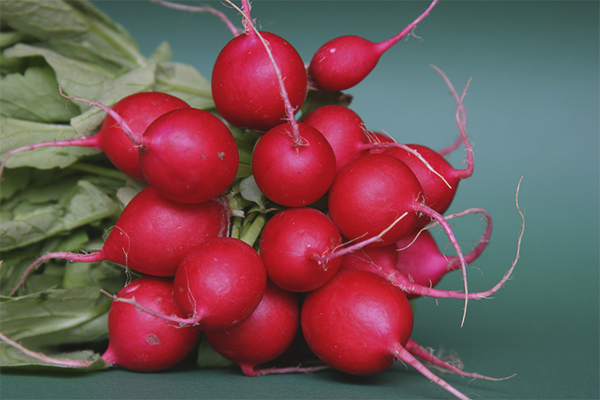

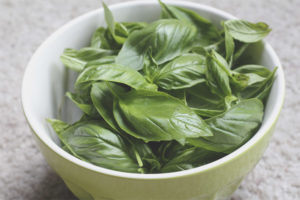

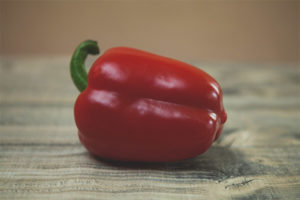

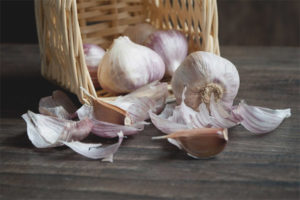

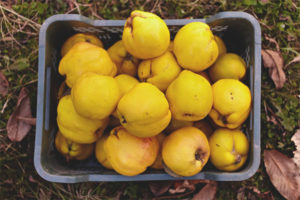
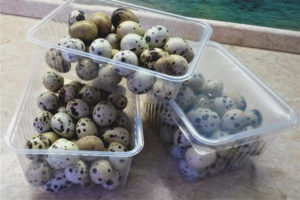
To send